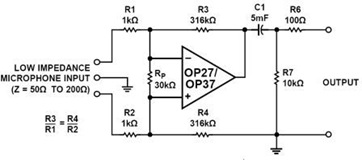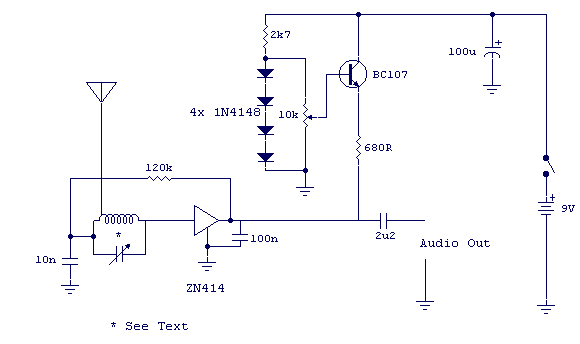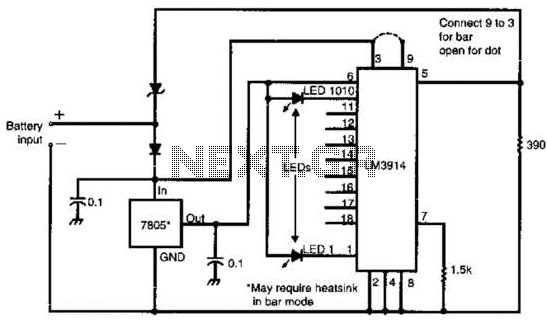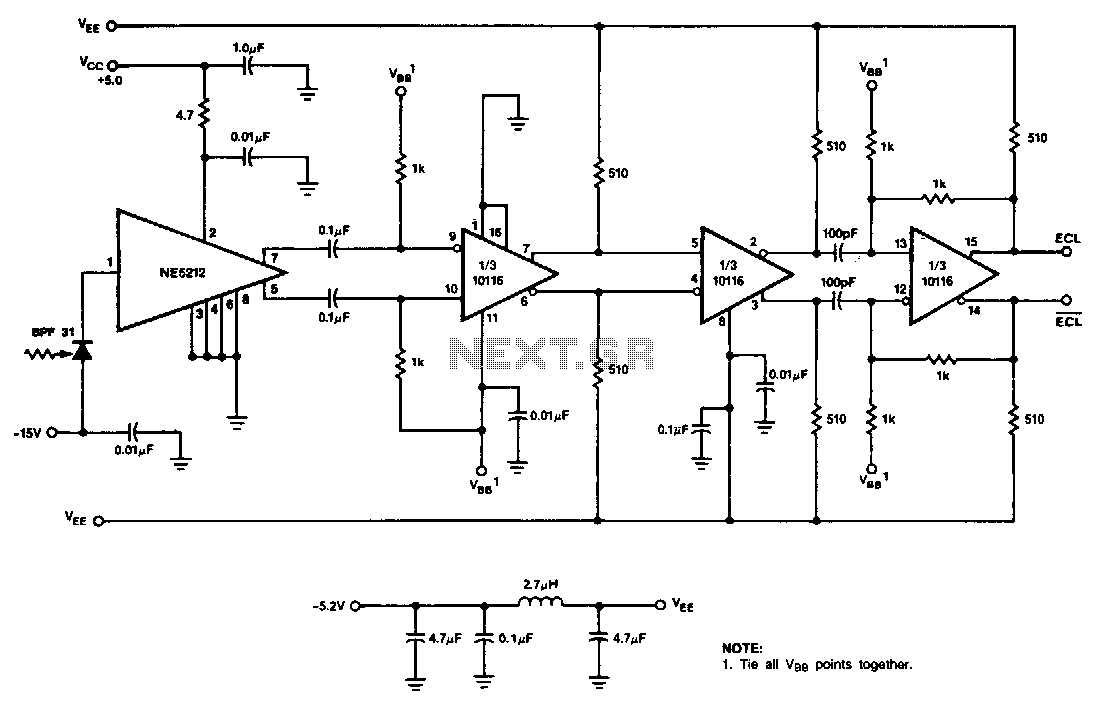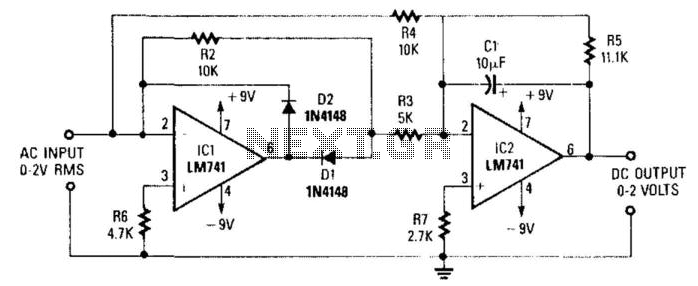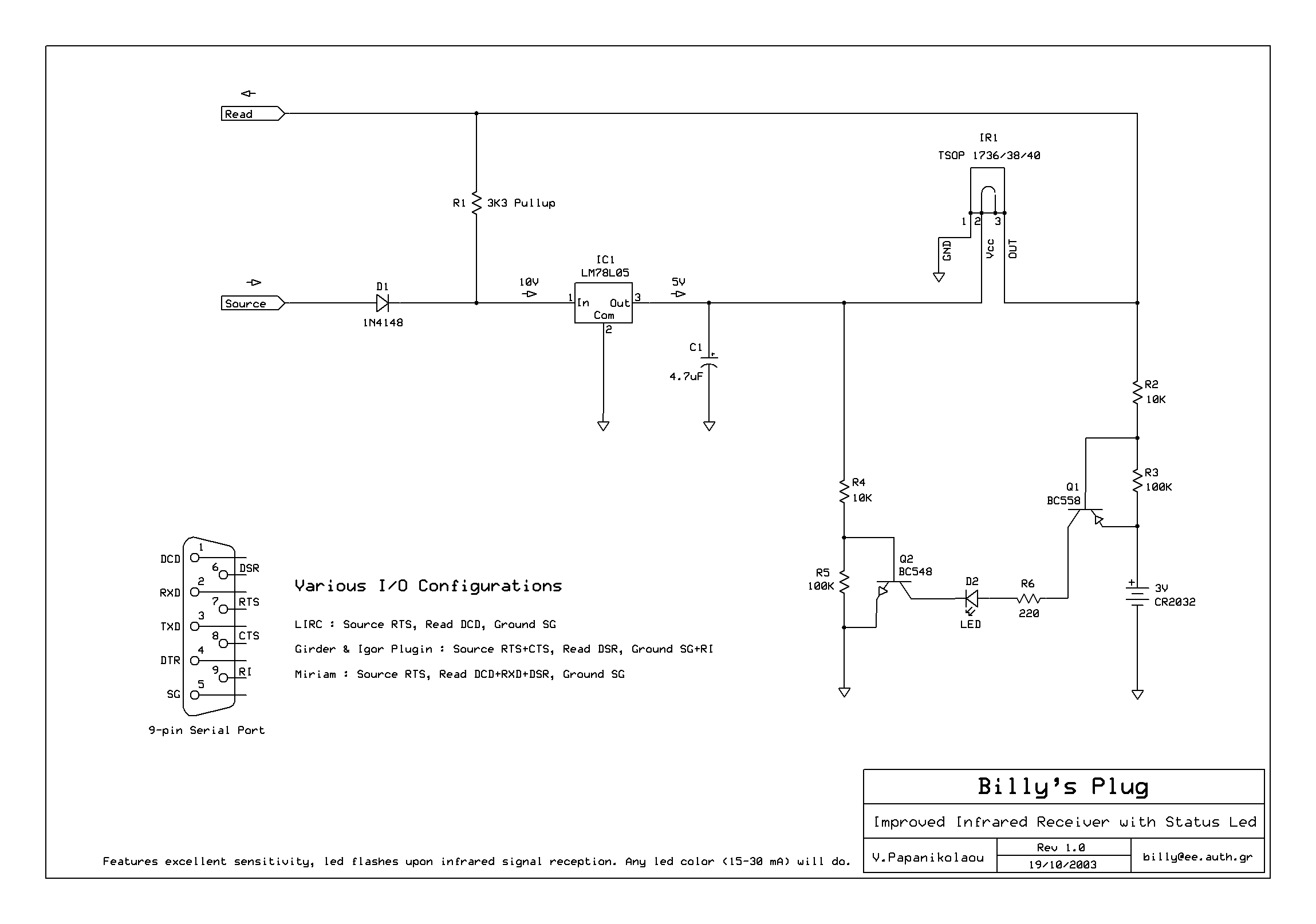
Help me fix the noise in a FM receiver with AC/DC rectifier
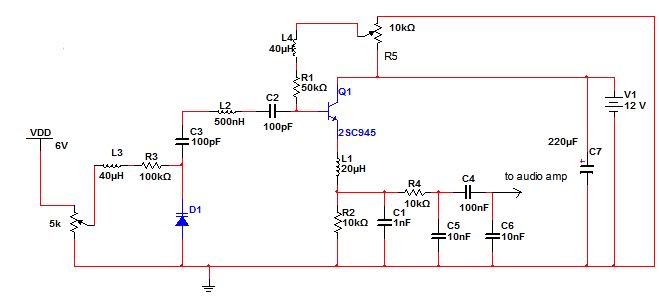
The circuit described is an FM receiver. When a 9V power supply is used, the circuit exhibits good performance. However, performance issues arise when an AC/DC rectifier or switch-mode power supply is utilized.
The FM receiver circuit operates by demodulating frequency-modulated signals to retrieve the original audio signal. The circuit typically consists of several key components: an antenna for signal reception, a radio frequency (RF) amplifier to boost the received signal, a mixer to convert the RF signal to an intermediate frequency (IF), and a demodulator to extract the audio information from the IF signal.
In this particular design, a 9V power supply is optimal, as it provides adequate voltage for the RF amplifier and other active components, ensuring stable performance and sufficient gain. The use of an AC/DC rectifier or a switch-mode power supply may introduce noise or ripple voltage that can adversely affect the sensitive components of the circuit, leading to degraded audio quality or loss of signal.
To enhance the performance of the FM receiver, it is advisable to include bypass capacitors near the power supply pins of the active components. This will help filter out high-frequency noise and stabilize the voltage supply. Additionally, careful layout considerations should be made to minimize interference, such as keeping the RF and audio sections physically separated and using shielded cables for the antenna.
Overall, the FM receiver circuit's performance is highly dependent on the quality of the power supply and the proper design of the circuit layout.The above circuit is fm receiver. when i used pin supply 9V, this circuit had quite nice performence. But when i used AC/DC rectifier or switch supply .. 🔗 External reference
The FM receiver circuit operates by demodulating frequency-modulated signals to retrieve the original audio signal. The circuit typically consists of several key components: an antenna for signal reception, a radio frequency (RF) amplifier to boost the received signal, a mixer to convert the RF signal to an intermediate frequency (IF), and a demodulator to extract the audio information from the IF signal.
In this particular design, a 9V power supply is optimal, as it provides adequate voltage for the RF amplifier and other active components, ensuring stable performance and sufficient gain. The use of an AC/DC rectifier or a switch-mode power supply may introduce noise or ripple voltage that can adversely affect the sensitive components of the circuit, leading to degraded audio quality or loss of signal.
To enhance the performance of the FM receiver, it is advisable to include bypass capacitors near the power supply pins of the active components. This will help filter out high-frequency noise and stabilize the voltage supply. Additionally, careful layout considerations should be made to minimize interference, such as keeping the RF and audio sections physically separated and using shielded cables for the antenna.
Overall, the FM receiver circuit's performance is highly dependent on the quality of the power supply and the proper design of the circuit layout.The above circuit is fm receiver. when i used pin supply 9V, this circuit had quite nice performence. But when i used AC/DC rectifier or switch supply .. 🔗 External reference
